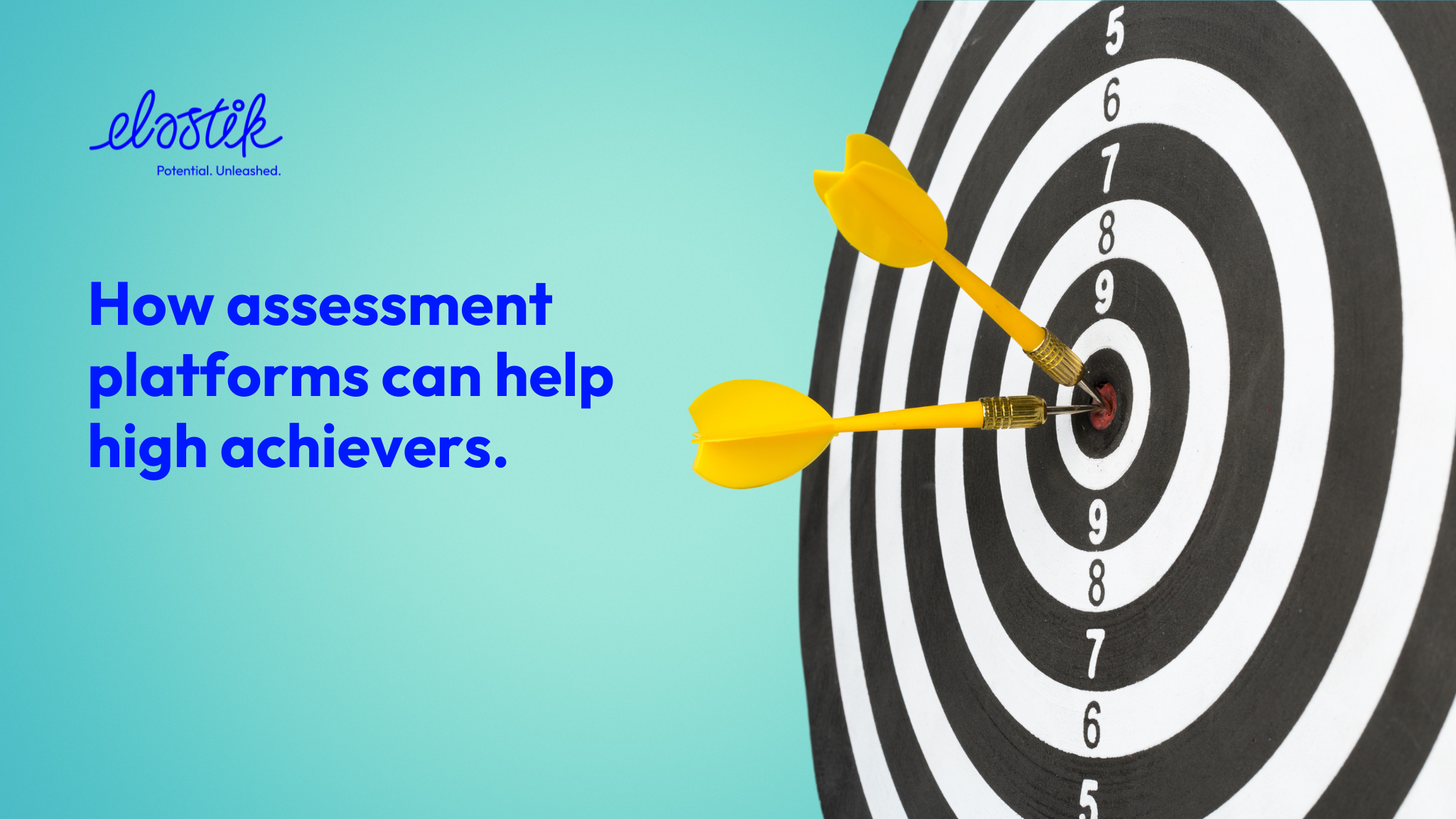As teachers, we want all our students to reach their potential.
But balancing the range of learning needs in a classroom can be a tough task and this is often challenging when you need to consider high ability pupils as well.
It’s a common assumption that schools only turn to assessment platforms when they’re faced with problem issues. Some of these reasons include managing learning gaps, struggling with students who are underachieving or needing to raise standards across a year group or school.
And it’s true that these kinds of situations can feel overwhelming. It’s also true that the analytics and insights tools in an assessment platform like Elastik can be used to help improve learning outcomes in these circumstances.
Assessment platforms are frequently included in School Improvement Plans because they do the hard lifting on the data side. They provide insights that allow leadership teams to rapidly get to the ‘where to next’ stage of their school improvement cycle.
A deep understanding of, say, learning gaps and where those gaps are, allows teachers to put effective plans in place which enable their school to level up quickly. This means they can benchmark, take an evidence-based approach to raising standards or learning outcomes, and then re-assess to make sure they are back on track.
However, assessment platforms aren’t only useful to support low achieving students, students with special needs, or schools on a rigorous improvement journey.
In our work with schools, we see major benefits with assessment platforms for high achieving students.
Often this group see value loss in the later years of primary school, with their growth plateauing. As teachers we want to stretch our high achievers. It can even be tempting to level them up to content that is beyond their academic year. Such temptation can also be a direct result of parental pressure to ensure student engagement and the feeling of a challenge.
But it’s important to remember that their high overall performance may mask unrecognised learning gaps. Getting 90% in a test is a great result – but that 10% of dropped marks may indicate that they are missing a foundation skill which is essential if they are going to continue to move forward in their learning. A powerful tool in this situation is reviewing a gap analysis with a parent for a high achieving student, where there are still learning gaps present from previous academic years.
In addition, our high achievers may find it difficult to acknowledge that there are areas where they struggle. They may be ambitious and gung-ho or super-competitive. Or they may suffer from imposter syndrome and be terrified that their gaps will be discovered.
Assessment platforms allow teachers to discover those Achilles heels – and fix them – before they bring learning to an abrupt halt further down the line.
This formative learning approach also helps these more able children to learn best practice approaches to improving their weaker areas. The very specific, curriculum-linked nature of the feedback from assessment platforms like Elastik can help them see a learning gap as a concept to be bridged, rather than a problem or a weakness in themselves.
An outcome which will make them stronger and more capable independent learners long into the future.


